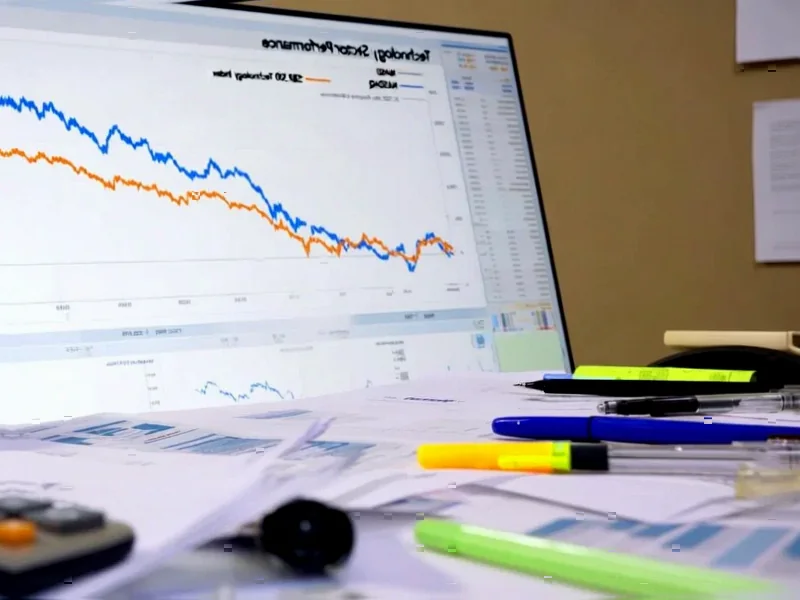According to CNBC, stock futures showed minimal movement Monday night following a trading session where AI enthusiasm drove the S&P 500 and Nasdaq Composite higher. The tech-heavy Nasdaq gained nearly 0.5% while the S&P 500 rose almost 0.2%, though the Dow Jones Industrial Average lost about 226 points. Palantir shares rose less than 1% after beating third-quarter estimates and providing strong AI-driven guidance, while Amazon reached a record closing high following an OpenAI partnership deal. However, more than 300 S&P 500 stocks closed in the red, highlighting concerns about weak market breadth and extreme tech concentration. This narrowing leadership raises critical questions about the sustainability of the current AI-driven rally.
The Perils of Extreme Market Concentration
What we’re witnessing represents one of the most concentrated market rallies in modern history. When over 300 stocks in the S&P 500 decline while a handful of AI names drive indices higher, it creates a fragile foundation for continued gains. Historical precedent isn’t encouraging – similar narrow leadership during the dot-com bubble and the Nifty Fifty era eventually led to significant corrections. The current situation where FactSet data shows more than 80% of S&P 500 companies beating earnings expectations yet still seeing widespread declines suggests investors are pouring capital into an increasingly narrow group of AI beneficiaries while ignoring fundamentally sound companies in other sectors.
AI Valuation Reality Check
Goldman Sachs’ Tony Pasquariello acknowledged that “risk-reward isn’t as good as it was three or six months ago,” which might be the understatement of the year. Many AI-focused companies are trading at valuations that assume near-perfect execution and market dominance for years to come. The problem with AI investments is that they require massive capital expenditures with uncertain returns – companies like Amazon might be spending billions on AI infrastructure without clear paths to monetization. When Federal Reserve policy eventually shifts from potential rate cuts back to tightening, these highly speculative investments could face severe multiple compression.
Warning Signs in Market Breadth
The technical deterioration beneath the surface is concerning. When major indices make new highs while the majority of component stocks decline, it creates a bearish divergence that typically precedes market corrections. This isn’t just a one-day phenomenon – the source notes that last month saw more declining than advancing S&P 500 stocks despite index gains. Such weak breadth indicates institutional money is chasing a shrinking pool of perceived winners while abandoning broader market exposure. This behavior often marks late-cycle euphoria rather than healthy bull market expansion.
A More Realistic Path Forward
While the AI revolution is real and transformative, market history suggests technological breakthroughs rarely deliver immediate, sustained profits for every company claiming exposure. The current environment resembles previous technology hype cycles where early winners emerged but many pretenders eventually faltered. Investors should prepare for increased volatility and potential sector rotation as AI spending matures and actual revenue generation becomes the primary valuation driver rather than speculative potential. The “freight train that is megacap tech” might continue running, but history suggests even the strongest trends eventually encounter resistance when valuations disconnect from fundamental realities.




